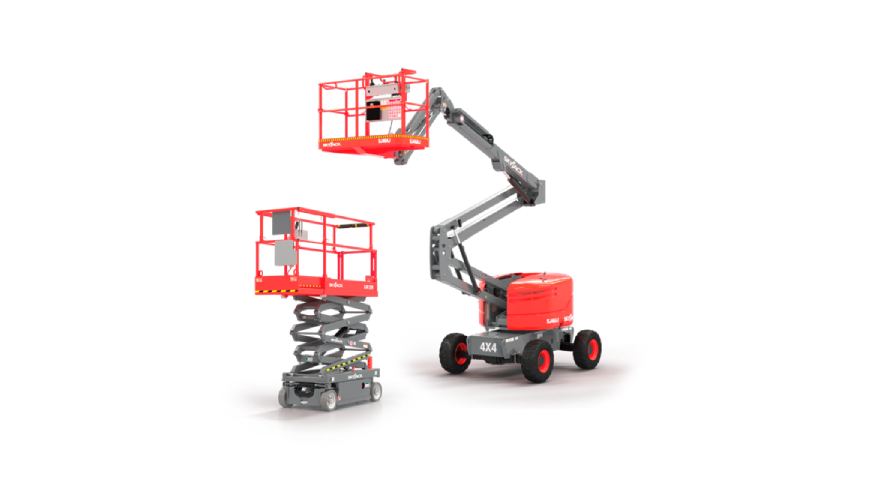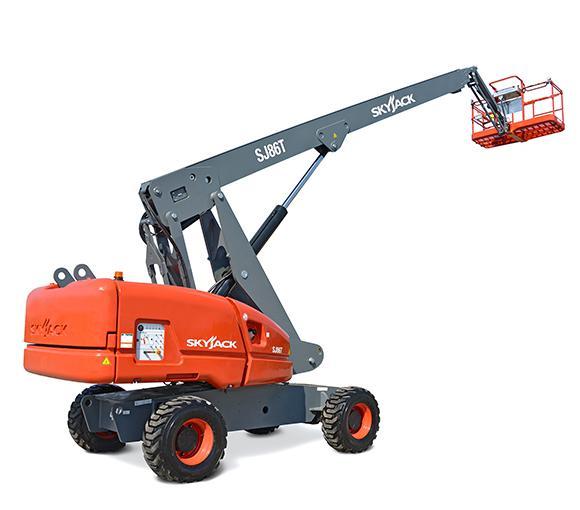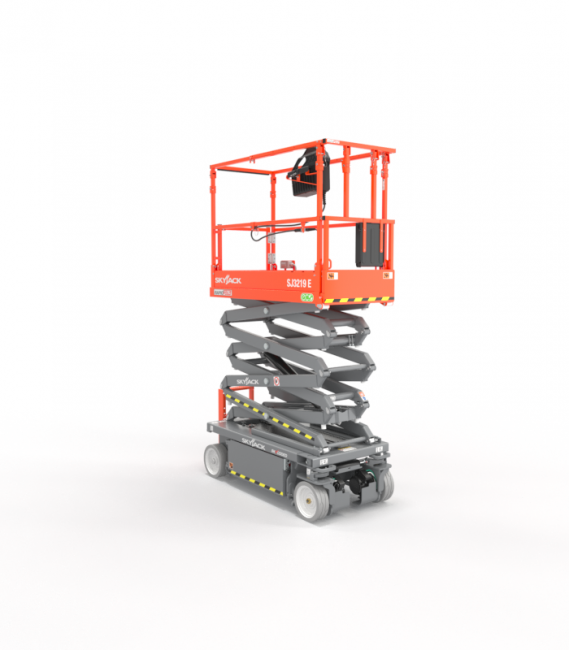
Working at Heights using Industrial Aerial Work Platforms
Out of all the hazards that come with material handling and maintenance activities, working at heights is one of the most significant, being unavoidable, always risky, and highly variable.
For these reasons, working overhead requires extremely careful planning and execution, all of which starts with selecting the right personnel and equipment for the job.
In this article, we’ll compare the most common types of aerial work platforms – boom lifts and scissor lifts – along with key considerations that readers should keep in mind for their next overhead project.
Later we’ll evaluate boom and scissor lifts by their differences, but first let’s have a look at their similarities:
- Boom and scissor lifts are types of Aerial Lifts as defined by OSHA Standard 1926.453 and ANSI Standard Collection A92. These standards cover a wide range of aerial equipment using terms such as Elevating Work Platforms, Mobile Elevating Work Platforms, Man Lifts, Powered Scaffolding, Rotating Aerial Devices, Aerial Access Equipment, Vehicle Mounted Elevating Platforms, and more.
- By these definitions, boom and scissor lifts are pieces of equipment designed to elevate personnel up to an overhead work position and are mounted to a vehicle base that can be driven or manually pushed between locations.
- Boom and scissor lifts, along with other aerial work platform types, are meant to replace ladders and scaffolding for applications where mobility, enhanced safety, faster access speed, and significant distances are called for.
- Boom and scissor lifts are used extensively in construction, manufacturing, maintenance, material handling, entertainment, and multimedia industries for countless applications. In all cases, aerial lifts are chosen for their ability to get personnel up to heights quickly, safely, and at a lower cost than could be achieved otherwise.
Picking the Right Tool for the Job – Boom Lifts vs Scissor Lifts
What better way to understand the nuances of boom and scissor lifts than to see their primary features compared side by side, as we’ve done in this table:
Key Considerations when Selecting Between Scissor and Boom Lifts
Choosing between boom and scissor lifts may at first seem like a simple decision around vertical and horizontal access limitations, but there are a few more very critical details to consider such as:
- Stability: – boom lifts and scissor lifts differ significantly in stability due to their designs. Boom lifts can typically tolerate uneven surfaces of up to 5° of tilt, whereas scissor lifts only handle up to 2.5°. This makes scissor lifts more sensitive to overturning due to unlevel surfaces, overweight loads, wind, and personnel falls (that is, when the momentum of a safety arrest device catching a person’s fall causes the lift to tip).
- Safety: – further to the above point, boom lifts’ greater maneuverability also increases the risk of accidental contact with hazards, especially electrical lines. In addition, boom lifts are more susceptible to spring-action movements that can eject personnel from their platforms, caused by kinetic energy from wind, driving through potholes, or being struck by hoisted materials.
- Access to Work Areas: – when choosing between boom and scissor lifts, consider access to the work area. Boom lifts need larger transport and maneuvering space, while scissor lifts have smaller footprints including “doorway” models that fit through standard doors inside buildings.
- Training: – operators must have OSHA certification for both boom and scissor lifts, as training covers crucial differences in operation such as reaction times, lift/lower speeds, driving sensitivity, alarms, and emergency controls. Hands-on exposure ensures operator safety by familiarizing them with these varied aspects.
- Common Mistakes: – too often, we see operators using the wrong lift for their project. Common mistakes include overloading, choosing too small a lift, using unsuitable lifts already onsite, and incorrect fall protection. In all cases, selecting the right lift type and model, as well as ensuring all other safety and training requirements are properly met, is all it takes to change an unsafe job into a safe one.
We hope that this discussion on material handling techniques and technologies proves useful to your manufacturing, construction, and distribution interests. Atlantic Forklift Services is your premiere material handling equipment resource, serving customers in the North and South Carolinas with professional equipment sales, rentals, service, repair, parts, training, and solution consulting.
As a Platinum award-winning dealership, Atlantic partners with world-class equipment manufacturers including Bobcat (formerly Doosan).
To learn more, please contact us by phone at (866) 243-0991, by email at info@atlanticforkliftservices.com, or on the web at https://www.atlanticforkliftservices.com/.


